Best Time for Siding Installation
Choosing the optimal time for siding service depends on various factors including weather conditions and seasonal temperatures. Proper timing can ensure quality installation, longer-lasting results, and minimal disruption. Typically, mild weather periods are preferred to avoid issues caused by extreme cold, heat, or moisture.
Spring offers moderate temperatures and longer daylight hours, ideal for siding installation. It also allows for timely preparation before the peak summer heat.
Summer can be suitable if temperatures are not excessively high. Early summer provides warm weather and dry conditions for efficient work.
Fall provides cooler temperatures and less humidity, making it a favorable season for siding projects. It also allows completion before winter.
Winter is generally less ideal due to cold temperatures and potential for snow and ice, which can hinder installation and curing processes.
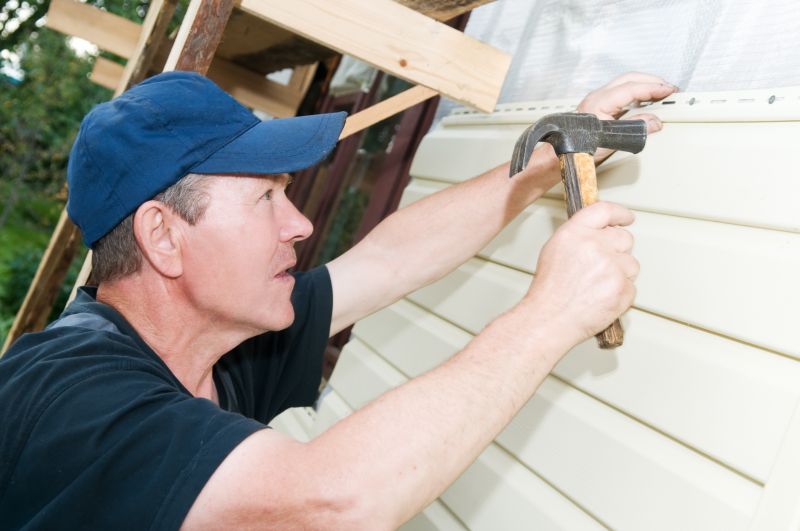
Image depicting siding work during spring with mild weather conditions.
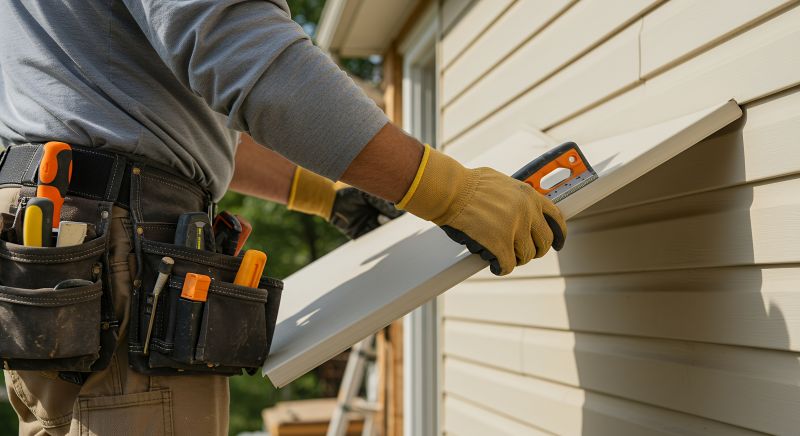
Image showing siding being installed in a warm summer setting.

Image of siding installation during fall with clear skies and cooler temperatures.
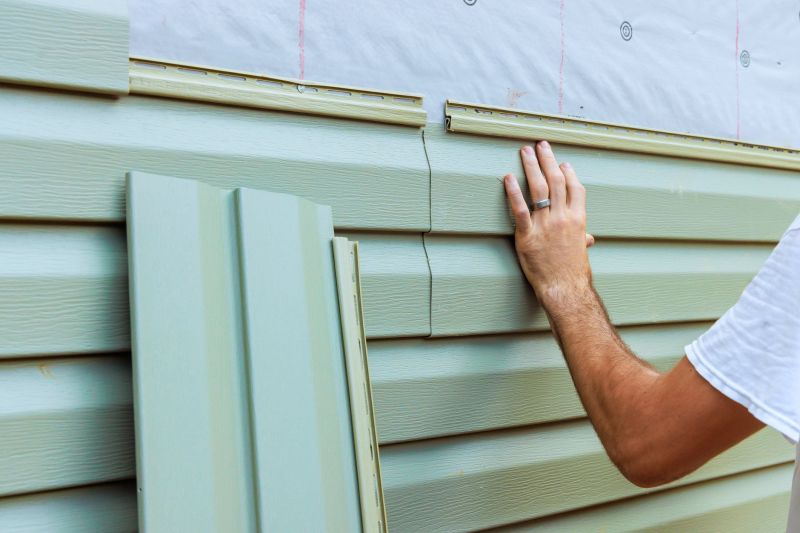
Ways to make Siding Service work in tight or awkward layouts.
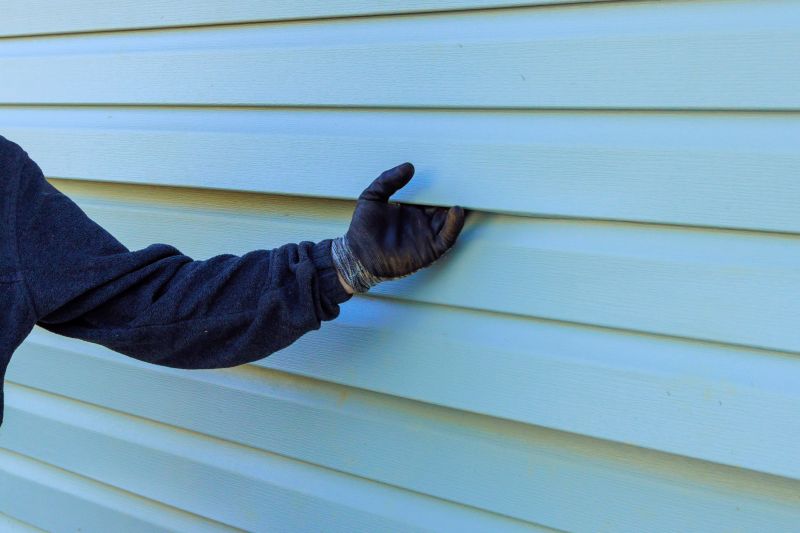
Popular materials for Siding Service and why they hold up over time.
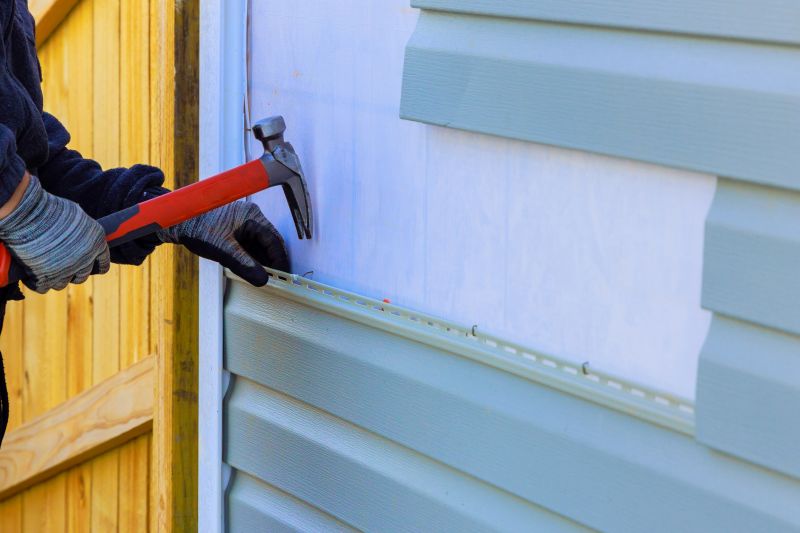
Simple add-ons that improve Siding Service without blowing the budget.
| Season | Ideal Conditions |
|---|---|
| Spring | Moderate temperatures, longer daylight, minimal moisture |
| Summer | Warm but not excessively hot, dry conditions |
| Fall | Cooler temperatures, less humidity, dry weather |
| Winter | Cold temperatures, potential snow and ice |
Siding service involves the installation, repair, or replacement of exterior wall coverings that protect structures from weather elements and enhance curb appeal. Proper timing ensures the siding material adheres correctly and performs as intended. Seasonal considerations are crucial for maintaining the integrity of the materials and achieving a long-lasting finish.
Statistics indicate that scheduling siding work during favorable weather conditions can reduce the likelihood of delays and rework. For example, dry and moderate temperatures help prevent issues like warping or improper sealing. Planning projects during optimal seasons can also improve energy efficiency and reduce maintenance needs over time.
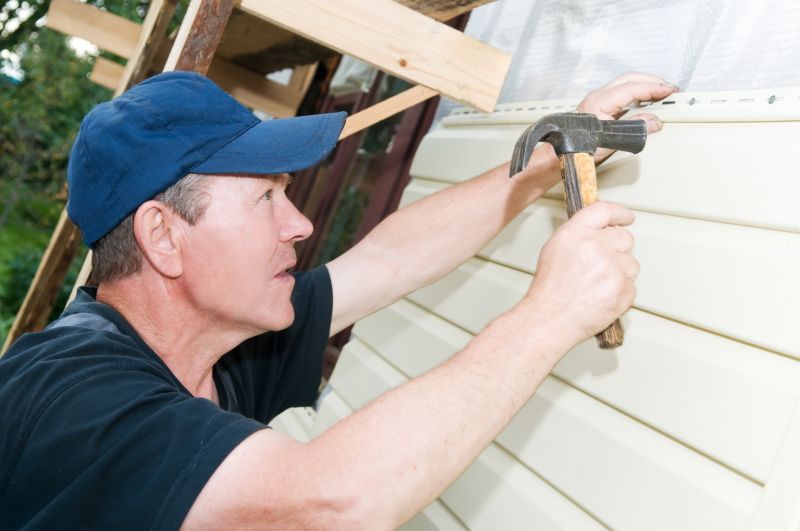
Image of siding being installed on a residential building.
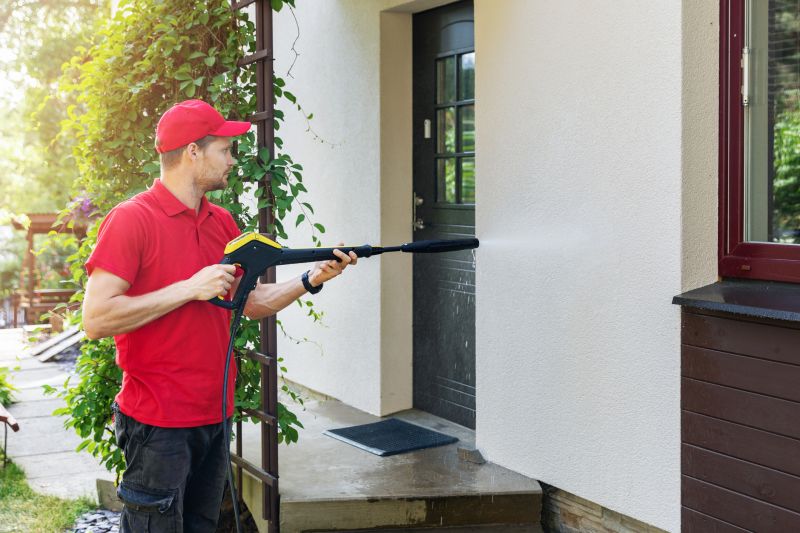
Image showcasing a finished siding job with fresh paint and clean lines.
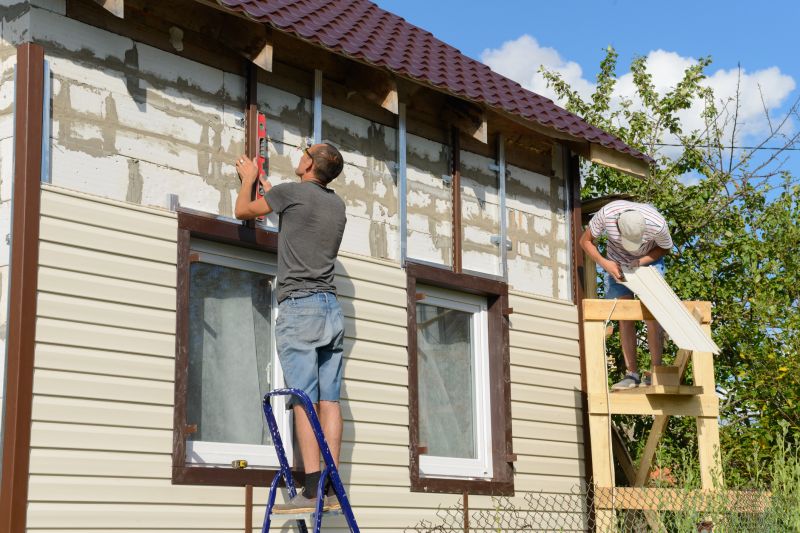
Image of siding being repaired on a home exterior.
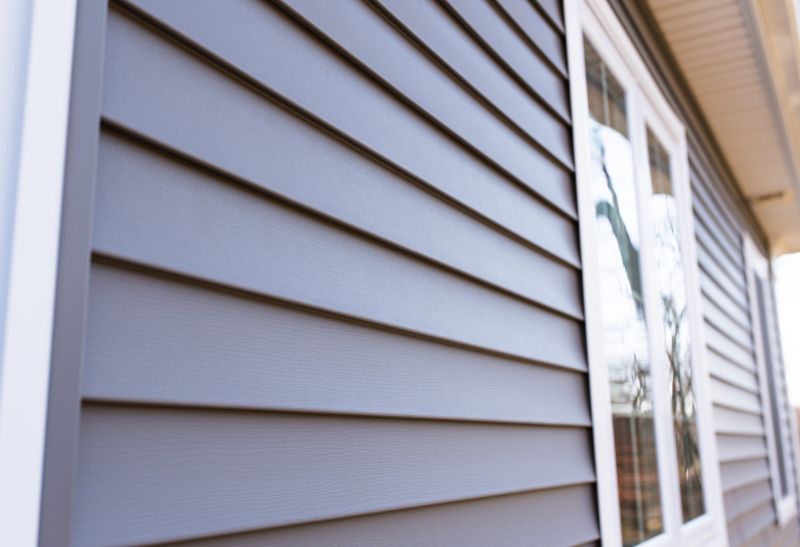
Detailed image of siding material used in installation.
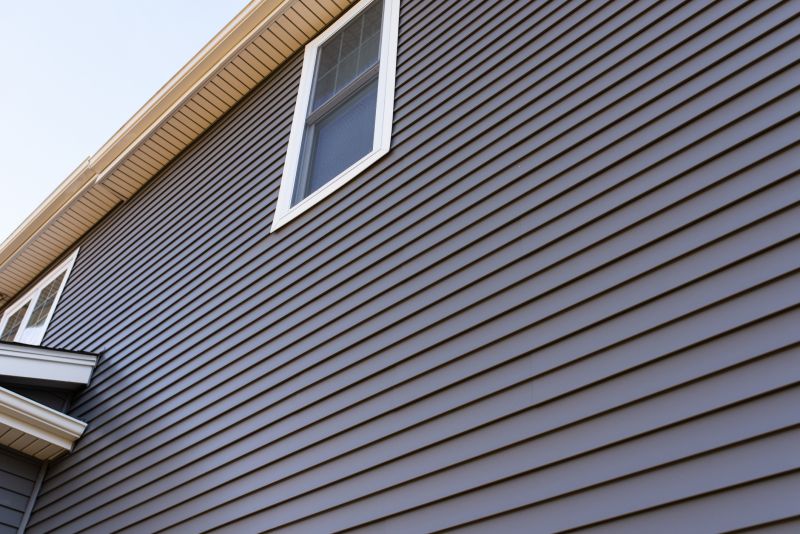
High-end options that actually feel worth it for Siding Service.
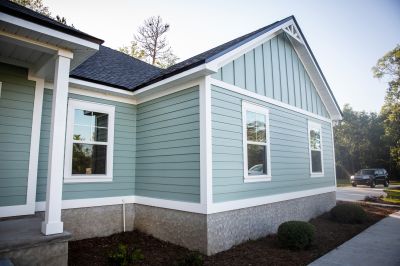
Finishes and colors that play nicely with Siding Service.
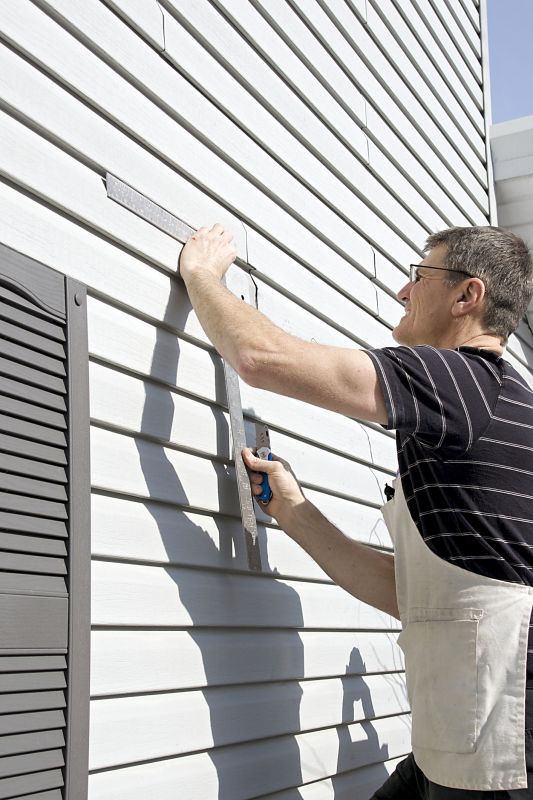
Little measurements that prevent headaches on Siding Service day.
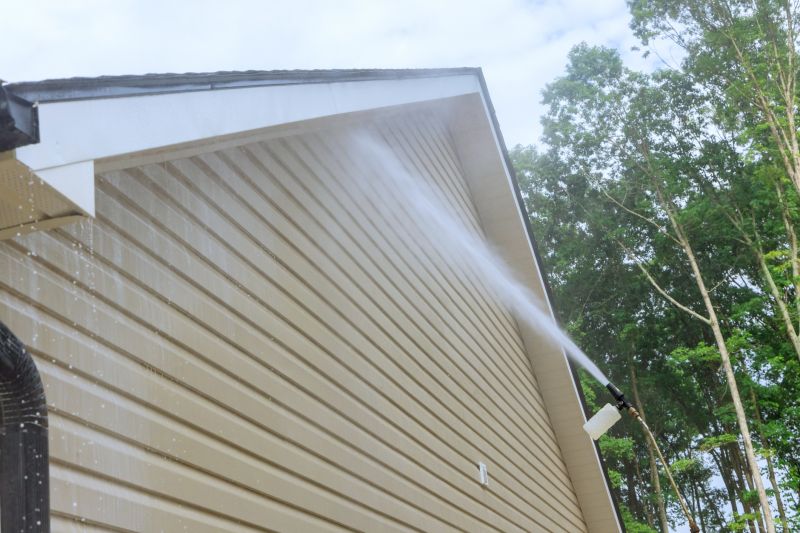
A 60-second routine that keeps Siding Service looking new.
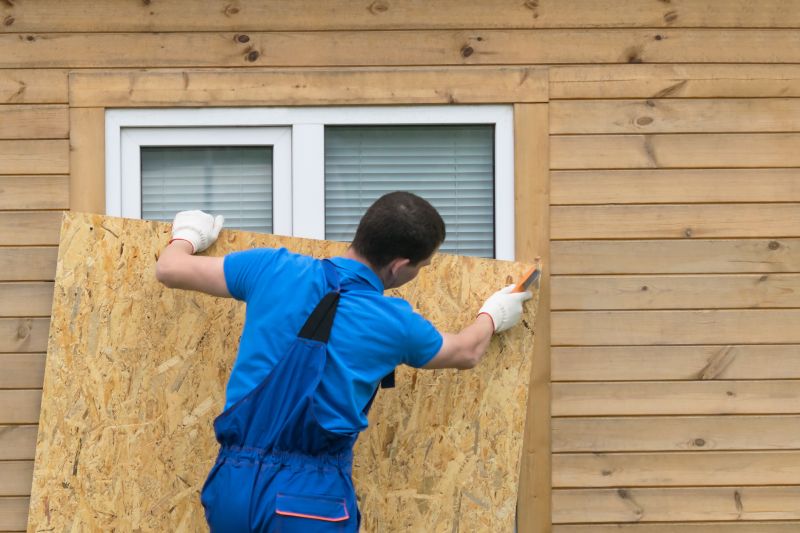
A frequent mistake in Siding Service and how to dodge it.

Small tweaks to make Siding Service safer and easier to use.
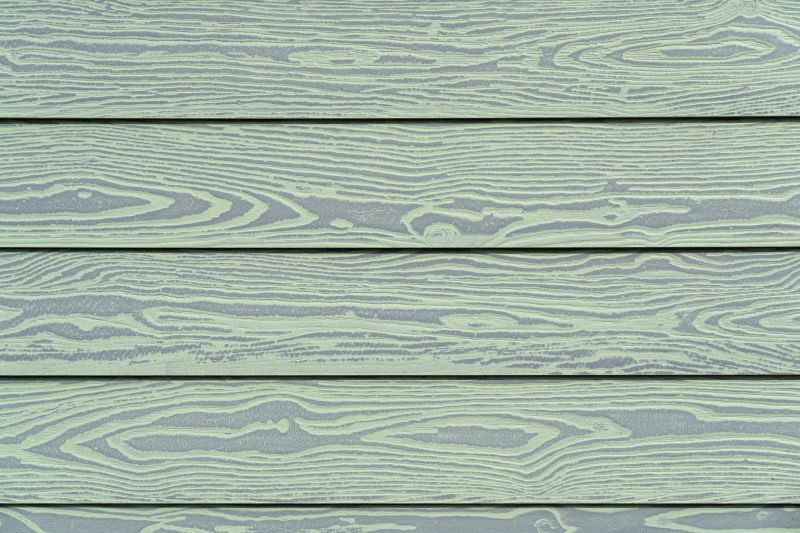
Lower-waste or water-saving choices for Siding Service.
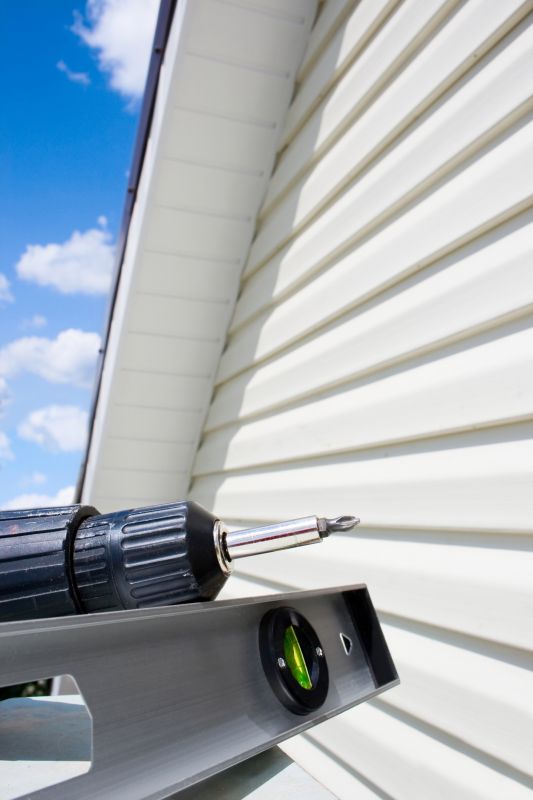
The short, realistic tool list for quality Siding Service.
Interested in scheduling siding service? Filling out the contact form can help determine the best timing for a project based on local weather patterns and specific needs. Proper planning ensures a smooth process and durable results.


